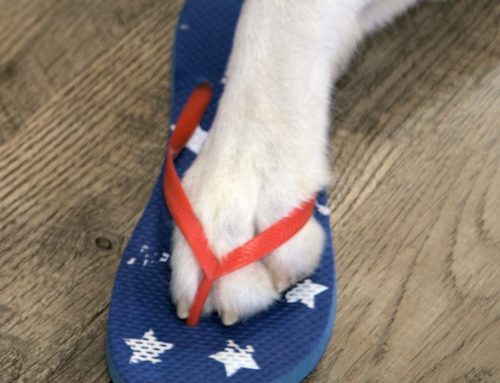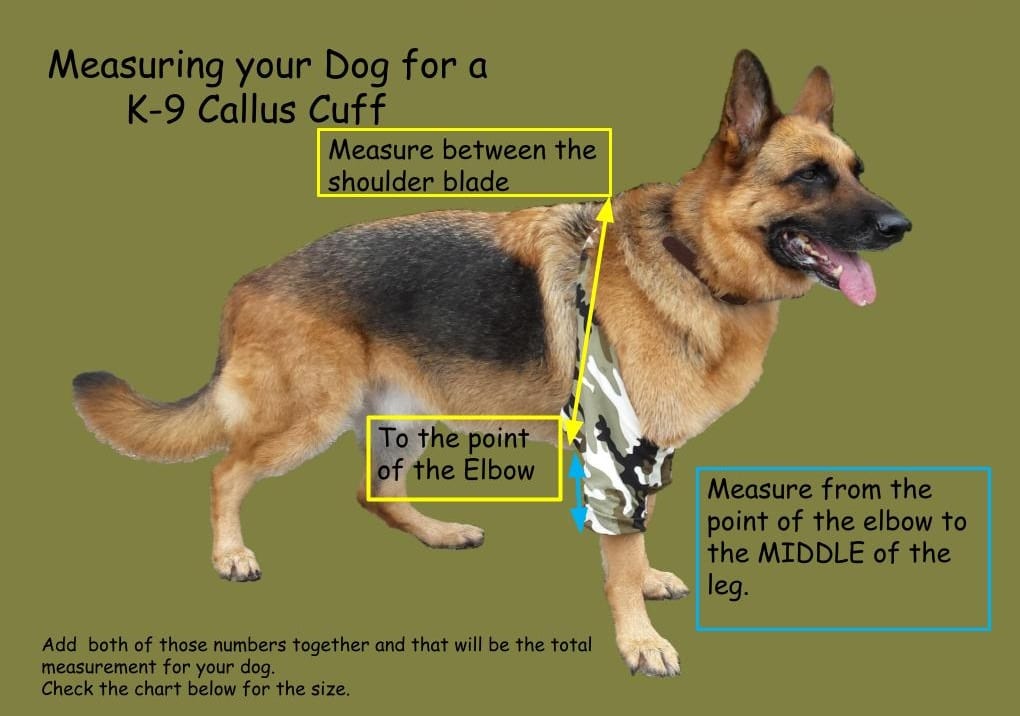 What if my dog needs special veterinary care?
What if my dog needs special veterinary care?
My wife and I were faced with a grim afternoon. Our beloved German Shepherd Bronson had become ill over the past week and we were struggling with a cancer diagnosis. We were offered the chance to bring in a diagnostic specialist, which would be costly but would make our options clear. We did everything we could, but we still lost our best friend. Having been through this experience, we are considering pet insurance with our puppy Kody due to challenges in his early life. Pet insurance would allow us to continue to enjoy our new friend for years to come.
Exploring pet insurance turned out to be more complex that we thought. Plans vary in services covered, cost, customer service, and claim reimbursement. Here are some of things we learned along the way to help you consider whether it’s right for you and your pets. Be sure to carefully read and review any policy you are considering.
First, we put some thought into what might happen that we couldn’t afford (which no one wants to do, it is so sad!!). A broken leg can run between $2,000 and $5,000 without insurance coverage. While a low percentage of dogs can develop diabetes, there is a chance and it can hundreds of dollars a month in medicine, syringes, and testing accessories. Torn knee cartilage costs $1500. And our new dog Kody loves to chew!! Let’s say he swallows something that requires emergency surgery. And most pet owners cannot afford the surprise expense and most veterinarians require payment in full at the time of the procedure. So where does that leave us?
A common thread to all pet policies is that they cover these issues and many others. With a variety of plans from which to choose, you can find one that is meets your budget. A bonus is that the coverage that only shields you from unexpected
Here are some topics to consider as you begin shopping:
- What procedures and services does the plan cover?
- What services are not covered?
Would find a live body when you need one? Are they available 24 hours? - How much will it cost for the plan that matches your need and your budget?
Pet insurance is a lot like our health insurance, it will include:
- monthly premiums
- annual deductibles (if you’re just looking to avoid the big bills consider high deductibles)
- copayments and exclusions
- some don’t cover all veterinarians, clinics and hospitals you can use, while some cover it all
However, there are some not so obvious differences. They can deny coverage depending your dog’s preexisting conditions and limit how much is the total payout. You’ll need to pay attention to this.
These are common restrictions:

- Your dogs’ age
- Your dogs’ breed
- Pre-existing conditions like hip dysplasia
Questions to contemplate when reviewing the plan include:
- Is there a maximum lifetime cap* on what they pay?
- Is there a there a maximum they will for a single illness or accident?
- *Note: Watch for specific “caps”
- The lifetime cap: the maximum amount the insurer will pay for the life of your dog.
- The period cap: the limit that would be paid for your dog within a specified time frame (year).
- The per-incident cap: how much the policy will pay for each “incident” When reviewing policy terms knowing the definition on the per-incident cap is important
- *Note: Watch for specific “caps”
- Will you need to pay up front and then you apply for reimbursement later?
- Is what they pay you less than your veterinarian charges? This is called a fee schedule in some policies.
- Are all prescription drugs covered?
- Are you covered if you travel with your pet?
- Does the policy cover you if your dog passes away while being treated?
Not to confuse the matter, but to be fair, there are some consumer groups that have a different take on pet insurance. One noted that it might cost $300 a year for insurance ($4000-6000.00 over the life of your dog), and it is their opinion that most dogs are not going to have an illness/injury that will cost that much. There are two options to protect yourself and your dog should you decide not to go the insurance route. One group wrote that it would make more sense to add a few hundred dollars a year for an emergency dog expense fund. Another suggested a program called CareCredit. It works as a line of credit for you to use for either routine care or for a more serious event. My daughter is a
CareCredit customer, and she is allowed a level of credit that fits her budget with no interest for a length of time dependant on the amount borrowed.
Also, like your home insurance, some insurance companies let you purchase “wellness care” coverage for things like spaying and neutering, annual physicals, vaccines and routine tests. Consider whether those costs are worth it over time.
There are several established companies out there including:
- ASPCA Pet Health Insurance
- 24PetWatch
- Veterinary Pet Insurance
- Trupanion
- Healthy Paws
- Pet’s Best
 Think about what your risks might be, what features you require, and what your budget can meet and compare each. Also, you can check the Better Business Bureau. And ask your veterinarian what they are using currently. Remember if it is something you are convinced you want to so, you’ll get the best premiums the younger your dog is.
Think about what your risks might be, what features you require, and what your budget can meet and compare each. Also, you can check the Better Business Bureau. And ask your veterinarian what they are using currently. Remember if it is something you are convinced you want to so, you’ll get the best premiums the younger your dog is.
As mentioned in the beginning of the article, we were unsure about the way to go for Kody. Given that he had some orthopedic issues as a puppy we thought it best to moveforward on the research for health insurance.
This is my experience.
Through various websites, I researched cost through online quotes. One company seemed to have the coverage I was looking for with a price I could afford. Some of the coverage options that were important to me included emergency care, alternative therapy, and physical rehabilitation. It was also extremely important that the company I chose have a short waiting period for the coverage to begin. Each company specializes in a different aspect of care, so read through coverage options carefully. Some even contain riders to help with routine care for your dog. Signing up was as simple as entering my dog’s age, breed and gender and pressing the submit button. All told it took less than five minutes. After watching the video, I found the claims process to be very simple and reimbursement to be fast. There is even an option for claim checks to be direct deposited to your account.
Now that I have been through this process I can say that I definitely rest easier knowing I can help Kody with any problem he has in the future. My wallet may be a little lighter, but so is my heart, because I know my boy will be healthy and with me for a long time.
This article is intended to provide general information and should not be considered l medical advice. It’s always a good idea to consult a veterinarian regarding any issues you might have with your dog.







